Multiple stroke guidelines and sets of stroke quality metrics exist across the world. Yet, there is no good repository of these documents and little is known about awareness and utilization among practitioners in different countries and regions. To fill this gap, the Stroke Guidelines committee of WSO created a survey that was distributed to all members of the organization in 2020. The responses to this survey are enlightening.
There were 111 respondents representing 45 countries from all continents. Most participants identified themselves as clinical providers. 88% reported knowledge of clinical guidelines in their country/region. Guideline awareness was highest for the guidelines from the American Heart Association [AHA] (87%) followed by the European Stroke Organization [ESO] (77%). Utilization was also greatest for the AHA (64%) and ESO (58%) guidelines, but 57% reported using other guidelines for clinical care. Awareness of the WSO Global Stroke Services Guidelines and Action Plan published in 2014 was reported by 67% of respondents and 92% found them useful (evidence-based recommendations were deemed the most useful section of the document by 88% and nearly half also highlighted the value of the key performance measures). Also, 48% of those who were aware of these WSO guidelines reported having applied them to assess their own practice or to review their local/regional practices. Most commonly, the WSO guidelines were along with national/regional guidelines.
Meanwhile, 58% reported awareness of the WSO Roadmap for Quality Stroke Care released online in 2016 and 72% of those aware of the Roadmap had reviewed it. Among those, 95% had found the document useful and 93% had applied the Roadmap Implementation Guide to their practice. The key quality indicators were considered useful by 81% and guidance to identify current levels of service delivery and capability were regarded as valuable by 59%. The WSO Roadmap was most often used in combination with national quality metrics.
Comments provided by individual respondents were insightful and highlight priorities for our future endeavors at the WSO Guidelines Committee. Several underscored the need to increase the visibility of the WSO guidelines and to keep them regularly updated. Another common theme was the emphasis on keeping them applicable to low-resource environments and to include primary prevention recommendations. Several survey participants also suggested that WSO should serve as a global repository of regional and national guidelines.
The information provided by the responses to this survey serves to establish a platform from which we can build upon. We will use this information at the WSO Guidelines Committee to focus our efforts to provide the global stroke community with guidance that is both evidence-based and eminently applicable to settings with various levels of resources and to identify ways to increase awareness and utilization of WSO guidance material.
- Calling All Future Stroke Leaders
- Words from the President on stroke care during the COVID19 pandemic
- World Stroke Academy content is NOW available free online to all
- Global Stroke Leaders Launch Radical Prevention Strategy
- The Global Impact of COVID-19 on Stroke - the latest results from the survey from Prof. Marc Fischer, WSO President-Elect
- Reduced rates for your attendance at ESO-WSO 2020
- Get ready to Join the MoveMent!
- Global Stroke Leaders Launch Radical Prevention Strategy
- World Stroke Day 2020 News Release
- No Time for Silence on Stroke Prevention
- WSO Brain and Heart Week
- The latest World Stroke Academy news
- Accuracy in BP Measurement and Effective Hypertension Control Promoted on World Hypertension Day
- The 74th World Health Assembly - 24-31 May
- The state of stroke services across the globe: report of World Stroke Organization
- WHO releases priority list of medical devices and interventions for stroke
- World Stroke Day Campaign website and toolkit LIVE
- WSO welcomes WHO recommendations on management of hypertension
- The World Stroke Academy newly branded website is live!
- 5 ways you can support the #Precioustime campaign on World Stroke Day
- GCCH Position Paper “Preventing the next pandemic: The case for investing in circulatory health”
- Global survey reveals only 35% hospitals worldwide provide life-saving stroke treatment
- How to save $1 trillion
- WSO Global Stroke Fact Sheet 2022
- World Stroke Campaign Award Shortlist Announced
- ICD-11 is now officially in effect
- World Stroke Organization’s statement on Ukraine
- WSO Annual Report for 2021
- Get Ready for World Stroke Day 2022 - The Power of Saving #Precioustime
- WHO Strategic Technical Advisory Group meeting on Global Noncommunicable diseases action plan 2013-2030
- WSO Calls for changes in primary prevention guidelines for cardiovascular disease and stroke
- WSO Future Stroke Leaders Programme - Cohort 2 Announcement
- Building Momentum around Implementation of Quality Stroke Care – update from the WSO Rede Brasil AVC Global Stroke Alliance Meeting, Sao Paulo
- World Stroke Day 2022 Raising public awareness of stroke signs and the importance of #Precioustime
- Countdown to World Stroke Day- key actions for members and partners!
- WSO is announcing the results from the Officers elections 2022
- World Stroke Organization Tackle Gaps in Access to Quality Stroke Care
- WSC 2022: One Voice for Stroke
- World Stroke Day #Precioustime Campaign Evaluation
- In memoriam of Dr. Ralph L. Sacco
- WHO Executive Board (EB 152)
- RES-Q + Using digitization and artificial intelligence to improve healthcare
- Be the storyteller of 2023. Submit your abstract at WSC 2023!
- Summary of systematic review and synthesis of global stroke guidelines on behalf of WSO
- World Health Assembly (WHA76)
- World Stroke Day 2023 - Together we are #GreaterThan Stroke
- THE ROAD TO UHC: WHY INTEGRATION OF CIRCULATORY HEALTH INTERVENTIONS IN PRIMARY CARE IS ESSENTIAL
- Global Declaration on Stroke
- NEW World Stroke Campaign Website goes LIVE!
- Global Declaration on Stroke Commitment Launch: New Delhi, India – September 8th, 2023
- TOGETHER WE CAN BE #GreaterThan STROKE!
- The Global Stroke Community Reunited for the WSC 2023
- Join the Future Stroke Leaders Success Journey – Cohort 3 Applications Open
- The RES-Q platform has officially launched!
- New Trial Expands Window For Stroke Thrombectomy With Simpler Imaging
- Now available: WSA Big Data & Stoke e-Learning module
- World Stroke Day 2024
- World Stroke Campaign Award 2023 Winners
- United in Action to Transform Stroke Care
- WSC 2024 Early Bird Registration Deadline Approaching!
- WSO and SingHealth Sign MoU to Enhance Regional Stroke Management and Care in Collaboration with Angels Initiative
- Stroke Action Now - join the WSO global advocacy coalition
- Time for a Revolution in Stroke Care - Acute Care Policy Brief Launch
- Prioritizing access to quality acute stroke care - the time to act is now!
- World Stroke Organization Launches Global Coalition to Drive Action on Stroke Care
- Highlights from the Global Stroke Alliance meeting in Bogota, Colombia – 20-22 November 2024
- United in Action for #StrokeActionNow - Update from the Global Stroke Action Coalition
- The Global Stroke Action Coalition issues an urgent call to action
- Homepage
- Vision and strategy
- Board and Executive Committee
- Privacy policy
- Terms of use
- SEO sitemap
- Global Stroke Corner
- Words from the President: LOOKING AHEAD
- WSO Publishes Global Stroke Fact Sheet
- WSO Call for Editor-in-Chief of IJS
- WSO Membership - Call for Dues 2019
- ESO-WSO Conference 2020
- XXII Ibero-American Stroke Organization Congress
- Asia Pacific Stroke Conference 2019
- European Master in Stroke Medicine - Feedback from WSO scholarships recipients
- Philippine Nationwide Stroke Training, 2018
- Advances in neuroscience & new strategies for preventing & treating brain diseases, November 2018, Moscow
- International conference on essentials of stroke care, November 2018, India
- Education Committee Update
- SSO Committee March 2019
- Stroke Guidelines & Quality Committee Update
- WSO Research Committee Update
- WSO and Global Policy – Key Events in 2019
- Report of WHO Global Forum on Medical Devices
- Report from the WHO’s Executive Board in Geneva January 24th to February 1st, 2019
- WSO President and Romanian Health Minister sign a Memorandum of Understanding
- First Stroke Summer School in Latin America
- Stroke Thrombolysis Master Class-2018: A Report
- Welcome to New Members
- Heart and Stroke Foundation of Canada Publishes a New Report
- On the International Women’s Day, March 8, WSO celebrated women in stroke!
- News from the European Stroke Organization
Our partners and sponsors
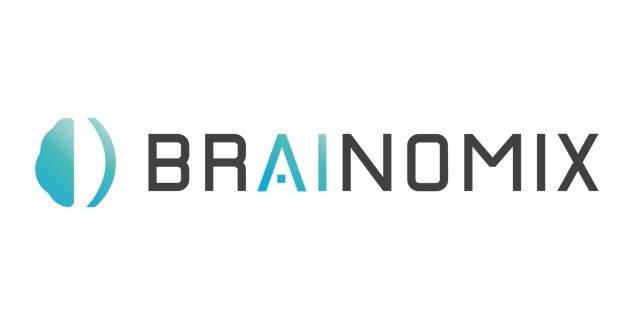 Corporate Supporters
Corporate Supporters
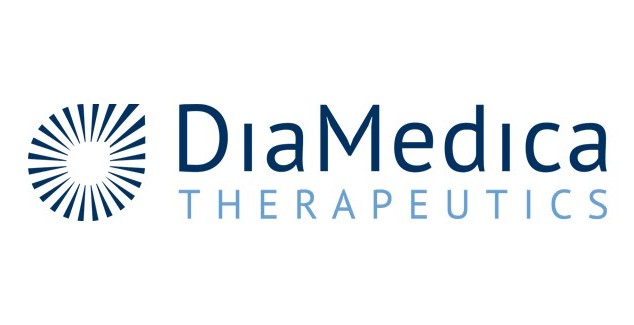 Corporate Supporters
Corporate Supporters
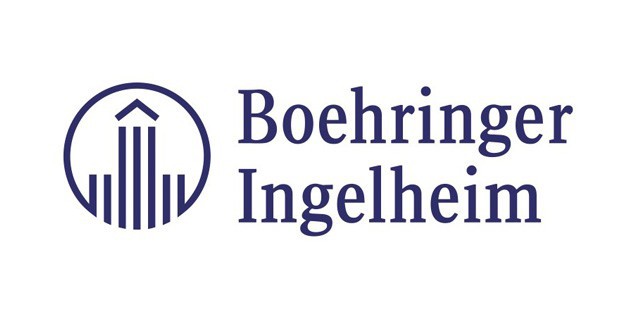 Platinum Plus
Platinum Plus
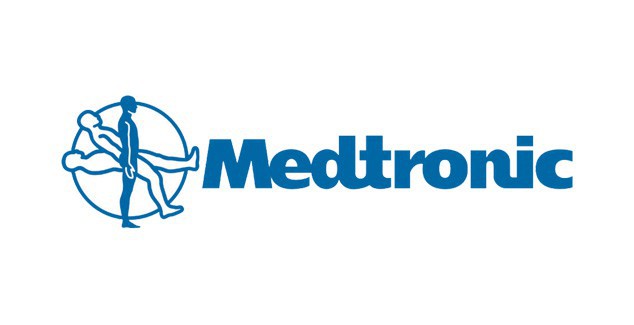 Platinum Plus
Platinum Plus
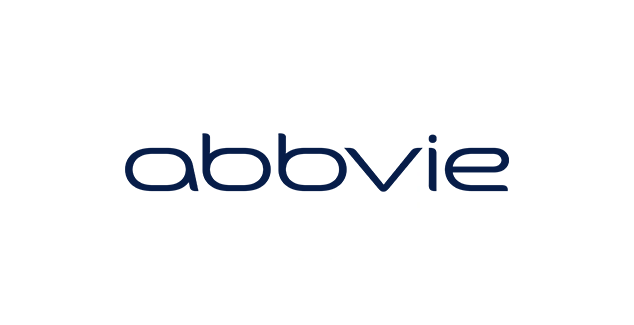 Bronze
Bronze
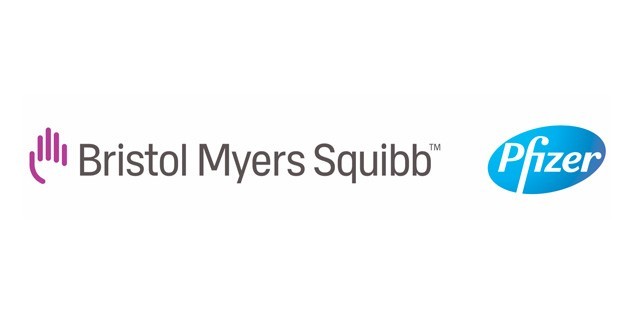 Silver
Silver
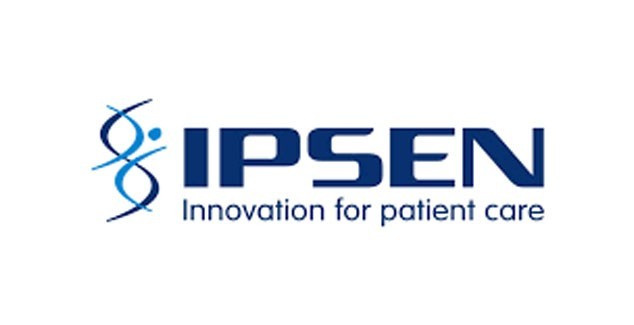 Gold
Gold
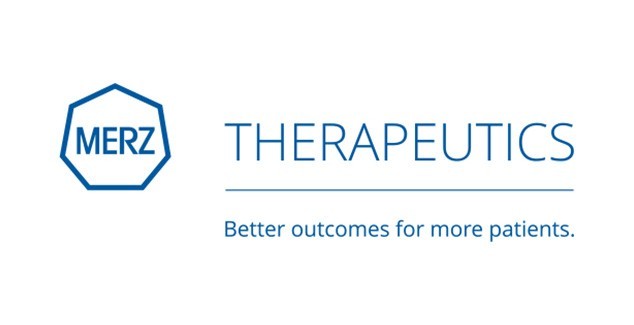 Silver
Silver
 Silver
Silver
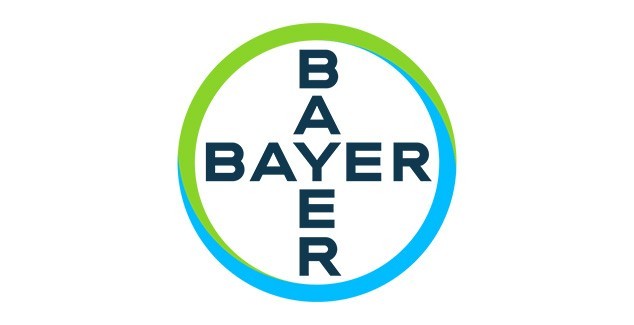 Bronze
Bronze
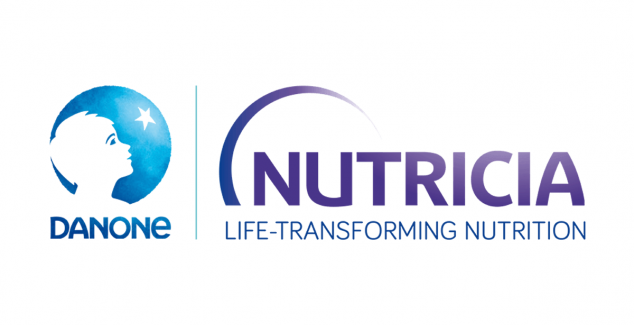 Bronze
Bronze
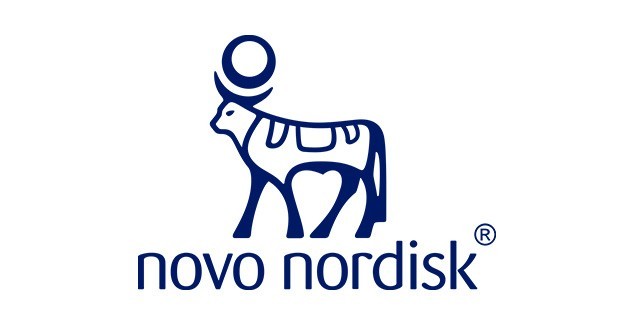 Bronze
Bronze
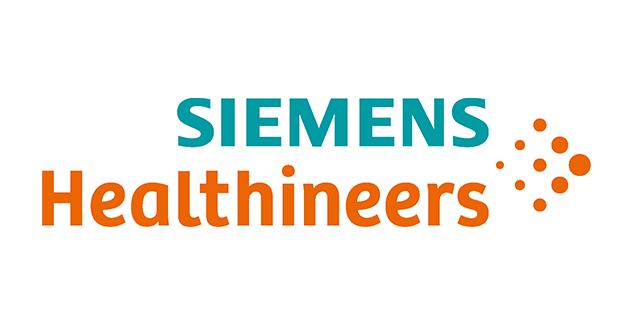 Bronze
Bronze
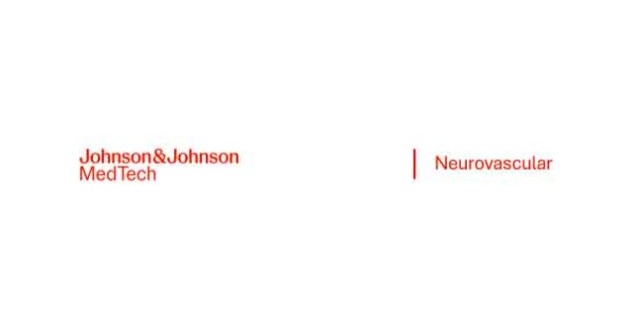 Silver
Silver

 Member login
Member login